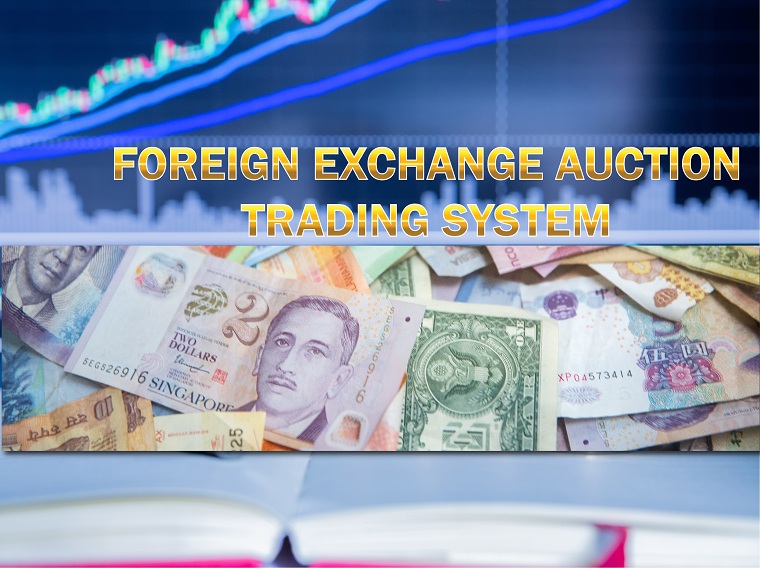 Zimbabwe’s second foreign exchange auction which starts today was called for by the private sector because the Tuesday auction was struggling to accommodate all applications.
Zimbabwe’s second foreign exchange auction which starts today was called for by the private sector because the Tuesday auction was struggling to accommodate all applications.
Economist Eddie Cross said the second auction had two advantages. It enabled the country to have two auctions a week and accommodated small applications.
The Tuesday auction accommodates bids ranging from US$50 000 to US$500 000 while the Thursday auction caters for bids from US$2 500 to US$20 000.
“The private sector has been calling for this for some time,” he told The Insider. “It has two advantages – we now have an auction of currency twice a week and secondly we can accommodate small applications.
“However we were struggling to accommodate all applications in the first auction on Tuesdays and if more funds are not placed on the auctions this will create an even larger deficit. “
Cross said commercial banks were still not participating in the auction, despite their stated support for the auction, which started on 23 June.
“Banks are still trading amongst themselves and reserving foreign exchange for their own clients,” Cross said.
“This is not acceptable in any way. This must now be followed by complete liberalisation of the Bureau de Change system so that they can compete with the informal market for foreign exchange.”
The auction has not been able to meet all bids received so far.
Some bids are, however, rejected because they are not on the priority list or the applicants have sufficient funds in their foreign currency accounts.
The Zimbabwe dollar kicked off at $57.36 to the United States dollar and was down to $80.47 yesterday but Cross argued that the local currency had strengthened by 20 percent.
The black market rate was $105 to the United States dollar when the auction was launched. It is now between $87and $95.
“The local dollar has already strengthened by about 20 per cent since the auction,” Cross said. “If we could muster more currency for the auction the rate would strengthen even more. I expect a significant decline in inflation in July.”
Inflation peaked at 785.5 % in May before declining to 737.3% in June.
(61 VIEWS)


